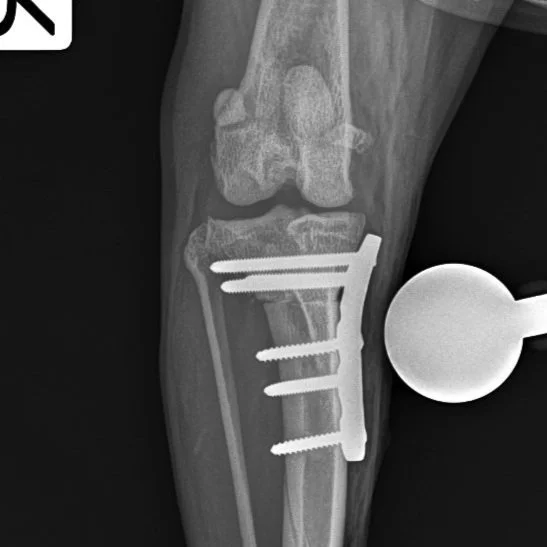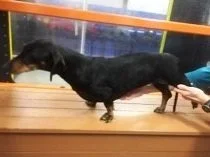At Active Pet Rehabilitation, we often see dogs who have previously recovered from spinal issues suddenly showing signs of pain again, despite no new injury and clean imaging results. It can be confusing and distressing for owners. So, what’s going on?
Research and clinical experience suggest that pain memory, myofascial tension, and neuroplastic changes in the nervous system may all play a role in this type of recurrence.
Understanding Pain Memory and Persistent Pain
Pain is not only a physical experience—it’s also a neurological one. In some dogs, especially those with spinal injuries, the nervous system becomes "trained" to expect pain. This is known as central sensitization or pain memory.
“Even when the initial injury has healed, the brain may still interpret certain movements or stimuli as painful.”
This type of persistent pain has been observed in both human and veterinary medicine and is often managed under the umbrella of neuropathic pain—pain caused by altered nerve signalling rather than ongoing tissue damage.
The Myofascial Connection
Fascia, the connective tissue that surrounds muscles, vertebrae, and even the spinal cord itself, is increasingly recognised as a key player in pain. It’s richly innervated—more so than muscle or bone—and can be a significant source of ongoing discomfort. This is especially relevant after spinal surgery, where fascial tissue may be stretched, inflamed, or disrupted during access to deeper structures.
Veterinary rehabilitation professionals are now looking beyond bone and disc imaging, recognising that these “soft tissue echoes” of past injuries—including injured fascia—can play a major role in a dog’s pain experience.
When dogs adjust their movement to avoid discomfort, they may develop chronic muscle tension and compensatory patterns. These can linger well beyond the original injury, leading to new areas of strain and sensitivity. Myofascial trigger points—tight, reactive bands within the muscle and surrounding connective tissue—can be painful to touch, restrict movement, and refer pain.
What Can We Do Before Jumping to Repeat Imaging?
Not all pain shows up on X-rays—some dogs continue to hurt even when imaging looks clear.
Pain memory and fascial disruption can affect any surgical site, not just the spine.
While re-imaging is sometimes necessary to rule out spine re-injury or orthopaedic surgery complications, there are many rehabilitation tools we can use to assess and reduce recurring pain behaviours:
Spinal rehab isn’t just about recovery—it’s about preventing further injury.
1. Gentle Myofascial-Release Techniques
Manual therapies such as massage, trigger point work, acupressure, TTouch, or, along with stretches, can relieve tension in affected muscle chains. Dogs often show rapid relaxation when the right area is addressed.
Targeted balance work builds core strength and helps retrain postural control after spinal injury.
2. Active and Passive Range-of-Motion Exercises
We may prescribe:
Paw placement or cavaletti work -to improve proprioception and confidence
Assisted sit-to-stand transitions on soft surfaces to rebuild coordination and weight shifting
Circle or Figure 8 Walking exercises-
to improve balance and lateral flexion, and extension
These activities not only support physical recovery but also help “re-teach” the nervous system that movement can be safe—an essential step when pain memory is at play.
Water-based therapy can help dogs re-learn normal movement patterns, easing tension from past pain and strengthening natural motion.
3. Aqua Treadmill Therapy
Warm water walking supports body weight while encouraging balanced, symmetrical movement. For dogs hesitant to move on land, this can be a gentle reintroduction to comfortable motion.
Supportive wraps help dogs reconnect with safe movement patterns and reduce protective postures linked to pain memory.
4. Enrichment and Emotional Support
Pain memory can cause dogs to avoid play or show anxiety when approached. We help owners rebuild trust using calm, positive interactions, allowing their dog to feel safe to explore basic movements again.
A Team-Based Approach
In cases like these, we work with your primary vet or referring specialist. If rehabilitation does not produce improvements, or signs of deterioration occur, re-imaging or returning for further neurological assessment is always discussed.
How can I tell if my pet has suffered another pain event?
Look for signs such as:
Changes in movement or posture (e.g., reluctance to sit, lie down, or trot normally)
Shifting weight or guarding certain positions
Avoiding play, stretching, or handling
Sudden changes in mood or interactions with family members
At Active Pet Rehabilitation, we look for:
Guarded movements
Shifts in weight bearing
Avoidance of stretching or turning
Excitability or excessive play to avoid handling
Conclusion
Dogs don’t fake pain—but they do remember it, and they often change how they move or behave to avoid it.
Pain memory, myofascial tension, and nervous system changes can all cause real discomfort, even in the absence of structural issues.
The good news?
With the right combination of observation, gentle therapies, and active rehabilitation, many dogs will recover from these persistent pain behaviours and return to a happier, more confident life.
If your dog is showing signs of pain again—but nothing shows on imaging—we’re here to help.
Book a call or session to explore whether rehabilitation strategies could ease their discomfort and rebuild their confidence








